Causes of rotting pepper fruits on the bushes: "ambulance" for the harvest
The seeds have been processed, the seedlings have been grown and successfully transplanted into the greenhouse, the peppers have bloomed and many fruits have set. The gardener has done a long and painstaking work, and then the unexpected arises - the fruits of the pepper rot on the bush. What happened, and how to save the long-awaited harvest? We determine the causes of rot and apply emergency treatment.
Causes of rot
In the process of fruit ripening, sometimes spots of a different nature appear on the fruits: depressed, with a gray coating, moist, dark. They are located both on the tops of the peppers and on the sides. Most often, improper conditions of detention and the development of pathogens lead to spoilage.
What contributes to the appearance of the problem:
- Fungi and bacteria begin to multiply actively in dampness, or in heat against a background of high humidity.
- Greenhouse peppers are affected by rot if the room is rarely ventilated.
- The damage of the crop is also caused by the ingress of drops of moisture on the bush.
- The wrong dosage of fertilizers, nutritional deficiencies and general weakness of the bushes are a direct path to fruit rot.
- Among other dangerous violations in the care of a lack of lighting: the bushes were transplanted too close to each other, malformed.
If the fruits on the bush begin to deteriorate, then it's time to identify the causative agent of the disease and eliminate it.
Rotting pepper is a sign of the following diseases:
- gray rot;
- top rot;
- late blight;
- blackleg;
- spotted wilting.
Greenhouse rot should be removed at the first sign. If the reason is nutritional disorders, then it is very easy to save the bushes. Fungal disease is not an easy task, you will have to carefully treat the plantings and try to prevent infection of the neighboring ones. The first thing to do is to remove the damaged fruits from the bush and destroy them. They are no longer edible anyway. Damaged leaves and shoots are also removed.
How to deal with gray rot on peppers
Gray rot is easily identified by wet olive stains on gray moldy fruits. The problem appears when the humidity is high in hot weather. Not only the fruits rot, but also the green parts of the bush.
How to proceed
It is urgent to reduce the humidity of the air, otherwise the fungus will very quickly spread over all plantings of pepper. The greenhouse is ventilated, damaged fruits, leaves and stems are cut off, the remaining bush is treated with a fungicide. Suitable drugs "Skor", "Fundazol", "Previkur".
Advice
Use the fungicides carefully, at the dosages indicated on the package. Wear personal protective equipment. After processing, the crop is eaten after at least 2-3 weeks. Look for the exact waiting time in the instructions.
What to do with late blight
Late blight is a dangerous and common disease of sweet pepper in garden plots. The fungus penetrates into the tissues of the fruit, light green spots appear, then they grow and turn black. The bush dries, curls and dies.
How to proceed
If phytophthora is not treated, then it easily moves to neighboring plantings. Gardeners start saving salvation right away with powerful fungicides: the Barrier and Zaslon preparations. It will not be superfluous to fertilize the affected bushes with iodine solution - 5 ml per 1 liter of water. A sharp cold snap and high air humidity must not be allowed at the same time. Preventive measure - spraying greenhouse plantings with a 1% solution of Bordeaux liquid.
Advice
To exclude the preservation of fungal spores in the soil and contamination of the plantings for the next year, you need to carefully process the soil under the bushes, remove all weeds and plant debris. For disinfection and prophylaxis, the drug "Fitosporin-M" is used.
Top rot reasons and its elimination
Top rot is not a fungus, but a consequence of a deficient planting nutrition. Calcium - an essential element for metabolic processes in a plant - is often absent both in the soil and in top dressing. Top rot is also characterized by an excess amount of nitrogen.
How top rot looks and evolves:
- First, brown dry spots appear on the sides of the fruit.
- They grow and can cover more than half of the fruit.
- The areas begin to shrink inward.
- Peppers stop growing ahead of time and begin to mature actively.
- If apical rot is started, then fungus easily settles on the concave spots - an additional problem requiring the use of a fungicide.
How to proceed
To save bell peppers from top rot, you need:
- Adjust the air temperature and humidity in the greenhouse.
- Once a week, spray the bushes with a milk solution: for 1 liter of milk - 9 liters of water.
- Conduct calcium dressing: for 1 liter of water - 2 tbsp. l. crushed chalk, pour under the affected bush.
- Feed 4% calcium chloride.
- If the disease is started, then apply fungicides.
Spotted wilting, or bronze
Bronze is a viral disease of peppers and tomatoes. First, brownish spots appear on the foliage, similar to sunburn. They have a round shape, over time they acquire a necrotic character. Shoots also suffer. On unripe fruits near the stalk there are brown stripes, pale green, brownish and yellow rings appear on the pulp.
How to proceed
The carriers of this disease are sucking parasitic insects such as aphids and thrips, so treatment includes both fungicides and insecticides, such as Actellik, Bayleton.
Blackleg
Usually this disease affects seedlings, but also occurs on adult bushes. The black leg can be easily identified by the state of the stem closer to the root - it turns gray or black.
How to proceed
Blackleg protection is only prevention. If the stems turn black, you will have to get rid of the plant so that it does not infect the neighboring ones. Protection measures - soaking the seeds before planting in a solution of potassium permanganate, watering the seedlings with it, treatment with "Fitosporin" of adult plants.
Comfortable conditions for pepper
Simple rules of agricultural technology save the gardener from many problems. First, you need to make sure that the growing conditions are as close to comfortable as possible, and then start growing heat-loving vegetables.
What peppers need in a greenhouse:
- The soil is loose, light, nutritious.
- Air humidity at 60%.
- The air temperature is in the range of 18-22 degrees Celsius.
- Moderate, infrequent watering and appropriate soil moisture to weather conditions. The top layer is dry - it's time to water a little.
- Regular ventilation to control humidity.
- Complex fertilizers applied at the right time and in the right amount.
- Correct bush formation.
- Mandatory disinfection of garden tools.
- Loosening the soil, removing weeds.
Peppers are not an unpretentious crop, although they are grown everywhere. They need a lot of light, warmth and comprehensive nutrition. A healthy harvest of peppers is the pride of a gardener, the result of a lot of work.
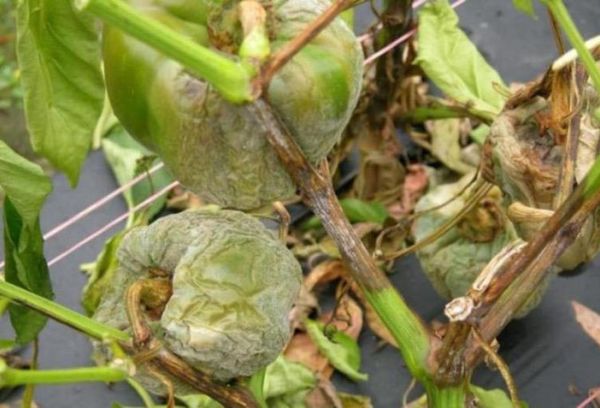
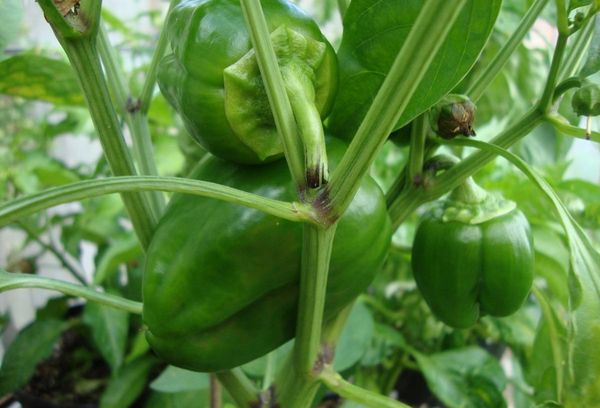
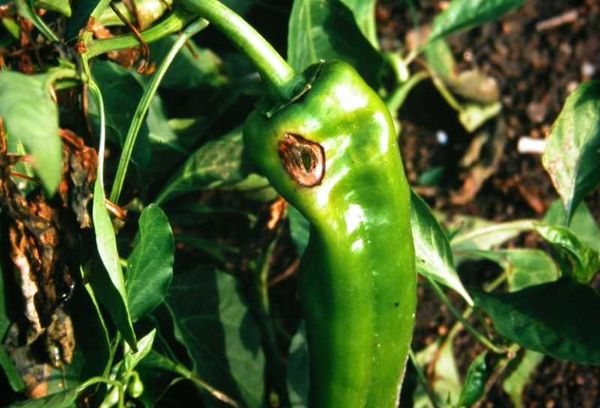
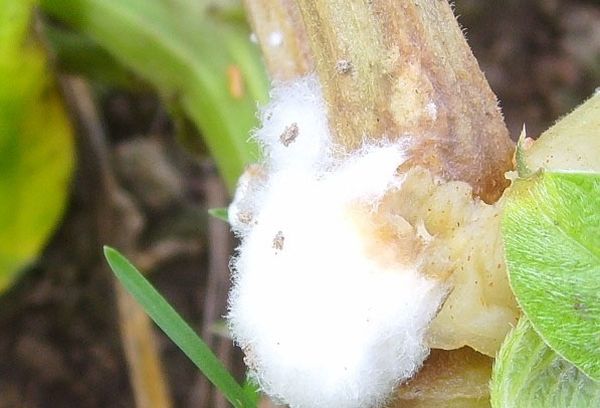
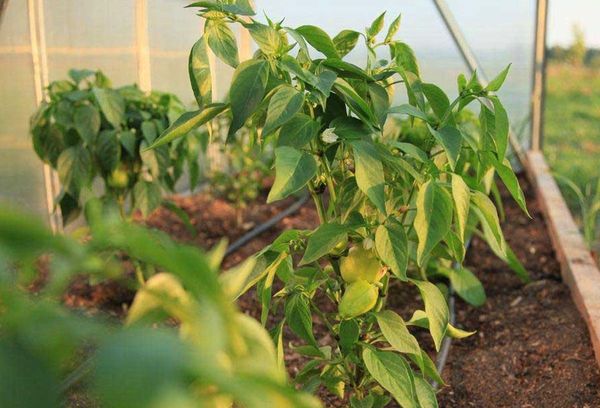
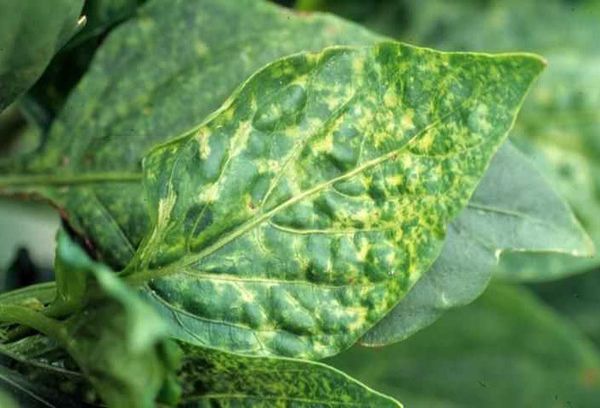
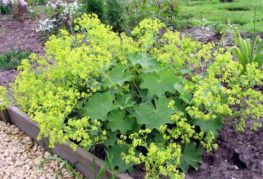
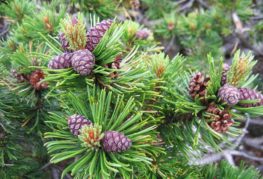
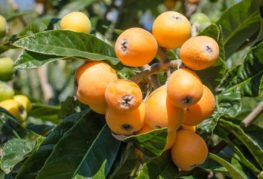
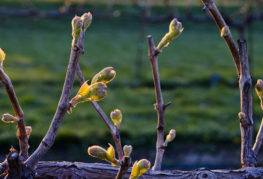
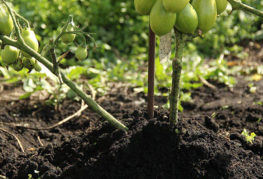
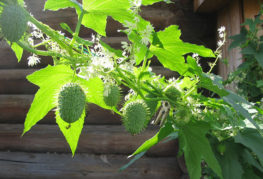
and will be published shortly.